|
by Dark Watcher |
|
|
In the 1980's arcades where booming with a new form of gaming. Interactive games that streamed data off of Laserdiscs (the
precursor to the DVD) were growing quite popular. RDI Video Systems Inc. was a manufacturer of Laserdisc games. In 1985, they decided to take a crack at the home console market. The result was the first home Laserdisc video game system. The Halcyon was named after the "Hal" computer from the movie "2001: Space Odyssey". It was comprised of two separate components - a high-end Laserdisc player with a corresponding computer module. The player could read double-sided discs that allowed a whole lot more footage than its coin-op arcade counterparts. This may have been the first instance of a home game being of better quality than the coin-op. It also came with a keyboard, 2 games (Thayer's Quest and NFL Football) and a unique voice headset which allowed the player to use voice commands instead of keystrokes. The system is capable of recognizing 1000 words and can also be programmed with more. The home gaming world had truly never been introduced to this level of technology. |
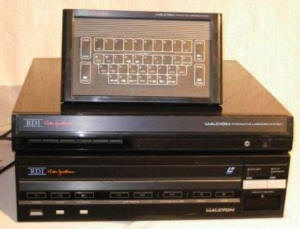 |
| So what happened? Well for starters this remarkable machine retailed for a rumored $2500+ USD. Consumers were simply unwilling to pay that much money for a simple home experience. Also by the late 1980s the popularity of laser interactive gaming began to dwindle. RDI Video Systems soon filed for bankruptcy shortly after this console's limited release. | |
 HANDS ON REVIEW HANDS ON REVIEWby 98PaceCar |
|
|
The RDI Halcyon was truly a console ahead of its time. Created by Rick Dyer, one of the people behind the hit game Dragon's
Lair, it was poised to push gaming technology into uncharted territory. In terms of 1985 technology, it would have been more
advanced than even the home computers of the time. Named in part after the computer featured in the movie 2001: A Space Odyssey, the Halcyon was intended to seem like a living, thinking member of your family. Featuring voice recognition, speech synthesis, and a small amount of non-volatile memory, the Halcyon was able to interact with the user on a personal level. When someone first powered the system up, it would greet them with a welcome message followed by asking their name. Once entered, the Halcyon would call the user by name, adding a level of personal interaction. The Halcyon would also periodically ask more personal questions if the user didn't make a selection within a certain amount of time. While this would be nothing to note in today's technology, in 1985 this was the stuff of Wargames. The console itself consists of two major components. The first part is the Halcyon computer. The Halcyon is powered by a Z80 and features a whopping 64K of combined RAM and ROM along with a Votrax speech synthesis system. The cartridge, keyboard and headset connections were all provided by the computer component along with a serial connection to the laserdisc player to control the selection and playback of the appropriate scenes. The other part of the system is a re-branded Pioneer LD-700 laserdisc player. Other than the custom faceplate, the unit is 100% the same as the Pioneer you could buy off of the shelf. |
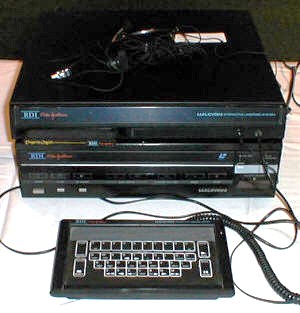 |
|
There was supposed to be an option to buy just the computer portion of the Halcyon for use with a Pioneer VP1000/PR8210, Magnavox
VC8040 or Sylvania VP7200 laserdisc player. Any of these would be controlled via an infrared emitter that the user would attach
to the remote control lens of the laserdisc player as opposed to the serial connection provided with the LD-700. The original design of the Halcyon called for the use of CED disks as opposed to laserdiscs, but that technology was made obsolete before the Halcyon was completed so the switch was made to laserdiscs. Also, there were external modules planned that would allow the Halcyon to control household appliances to further the illusion that the system was thinking. The games consist of two separate components. The game logic was stored on a 16k cartridge that was unique to each game. This had all of the game's vocabulary, node data for the laserdisc and any other game logic that was necessary to play. The laserdisc portion of the game contained all of the sounds and video. Since it used pre-rendered data for graphics, it was able to feature high quality full motion video or animations that rivaled the work of the great studios. |
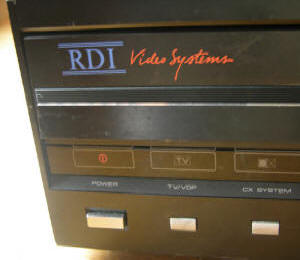 |
|
Only 2 games were released for the Halcyon. The pack in game was Thayer's Quest and the optional release was NFL Football:
Chargers vs. Raiders. Both of these have been made available either through emulation of the arcade versions of via DVD release.
Due to being able to flip the disk during the game, both of the Halcyon versions provided expanded game play over their arcade
counterparts. Controlling the games was accomplished by one of two methods: keyboard or voice. The keyboard is a small, membrane style keyboard that had slots for an overlay to fit into for key mapping. The keyboard feels very sturdy, but is not especially suited for gaming. Voice control was accomplished via a headset microphone. The user would have to "train" the Halcyon to know the commands used in the game prior to playing. Due to the limited amount of memory, the command sets had to be kept to a minimum. Additionally, the voice recognition technology used was limited and ended up being more frustration than its worth. |
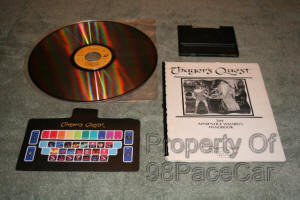 |
|
Overall, the Halcyon is a very interesting system that could have turned gaming on its ear in 1985. Little is known about the
true production of the system and it is a non-confirmed rumor that the system was even available at retail. Current information
tells us that no more than 10 units were built for the investors of the company, all of them by hand. The price of the system
was to be $2500, so it was not going to be the system in every home. Sadly, the Halcyon did little (if anything) in the market and is left to little more than a historical footnote and a few systems owned by hardcore collectors. For the console collector, there are very few systems that will match the rarity of the Halcyon and it will be difficult to find one for sale. If you are fortunate enough to locate one, it will be the centerpiece of any collection. |
|
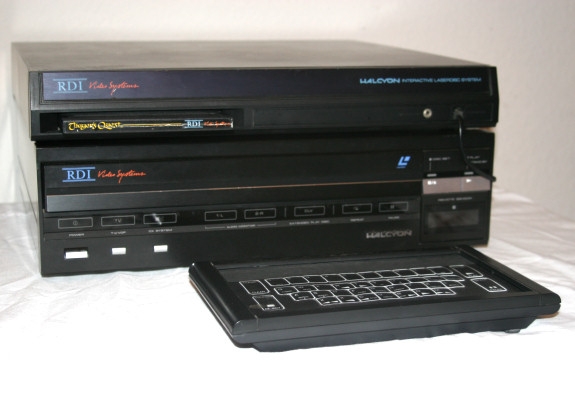 |
|
|






 2010s - NOTES
2010s - NOTES


 MODELS
MODELS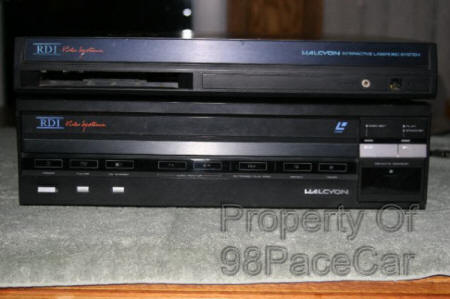
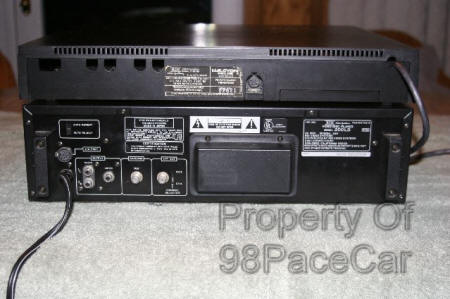
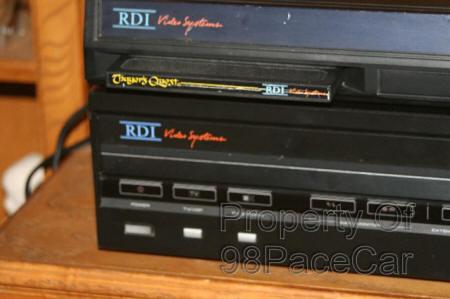
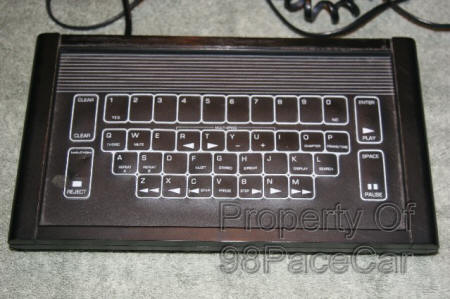
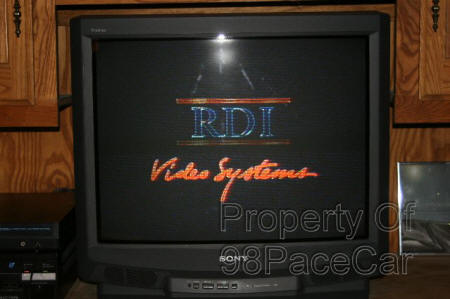
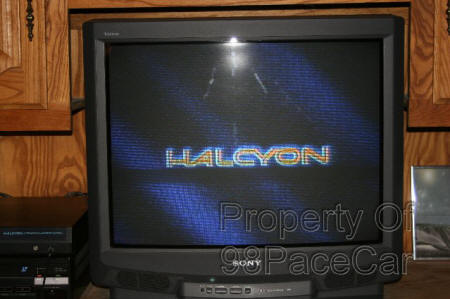
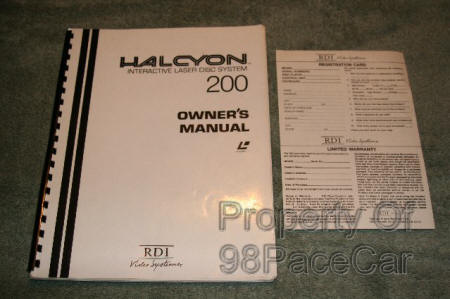
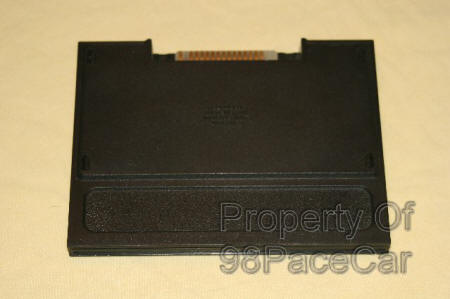
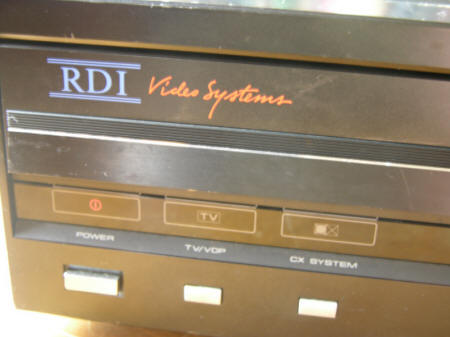
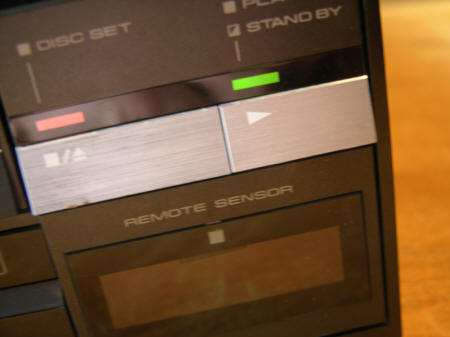
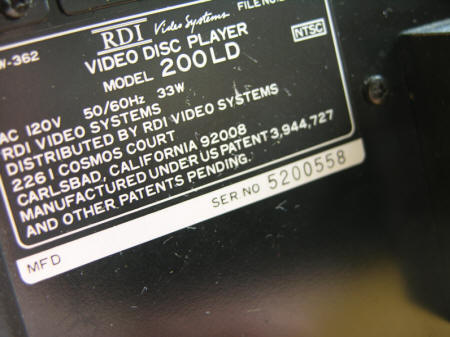
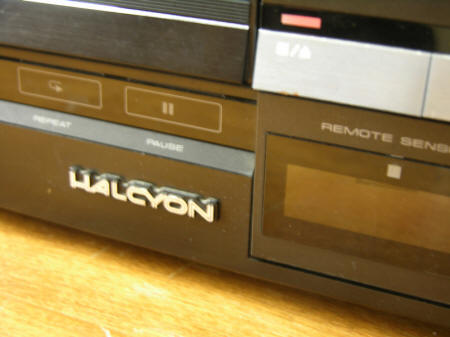
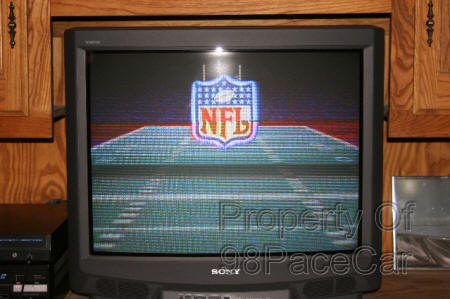
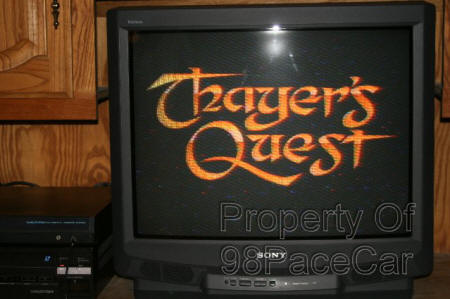
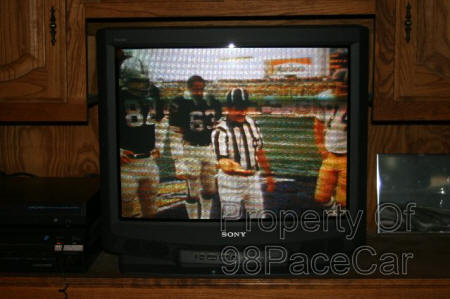
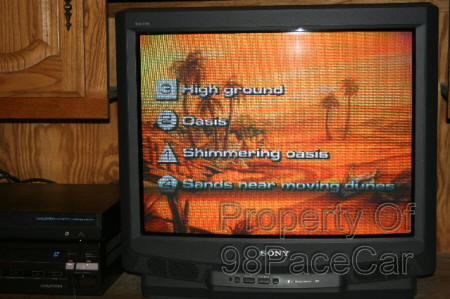
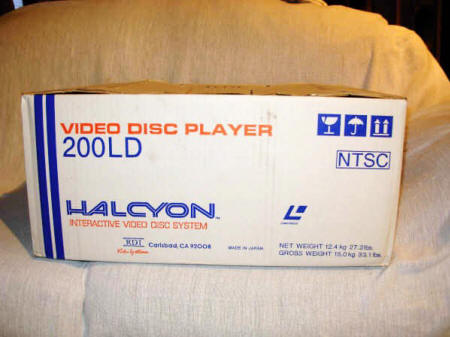
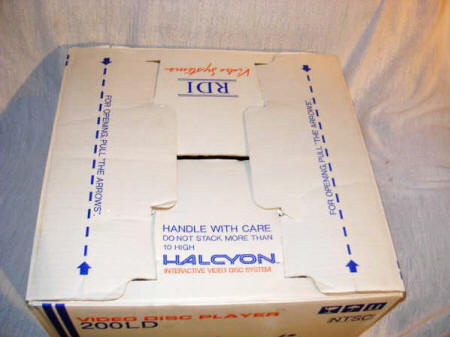
 CLONES
CLONES CONSOLE RATINGS
CONSOLE RATINGS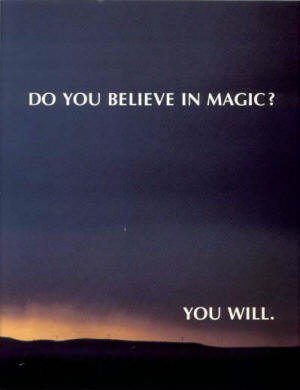
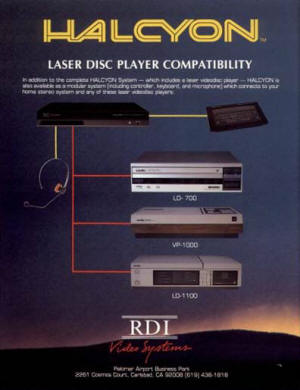
 FORMAT, PACKAGING & GENERAL INFO
FORMAT, PACKAGING & GENERAL INFO
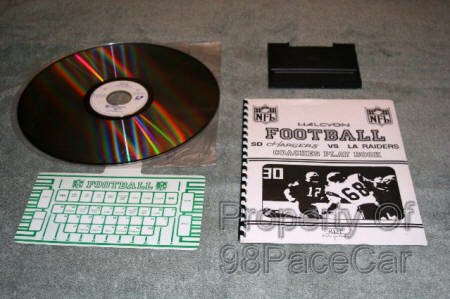
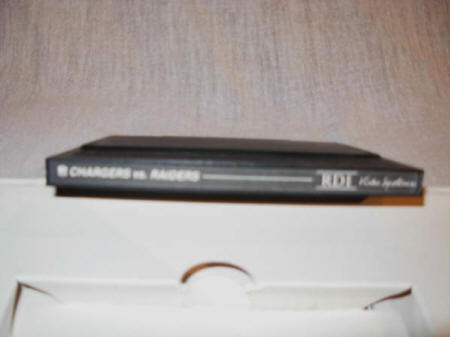
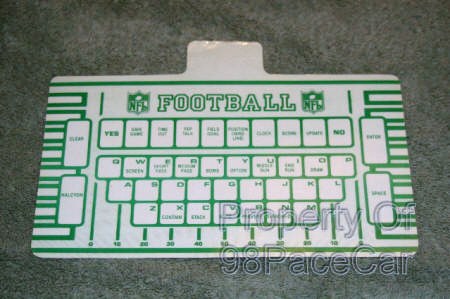
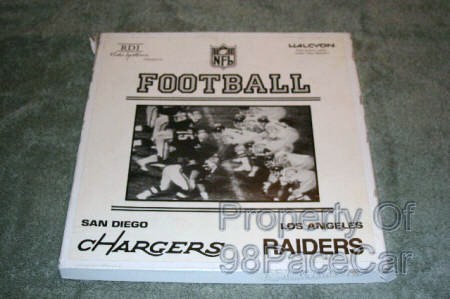

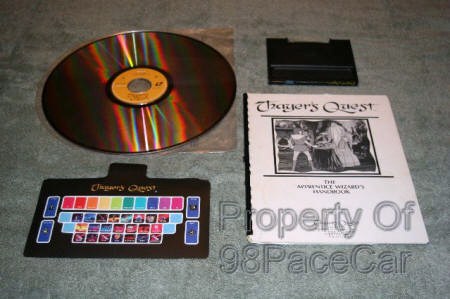
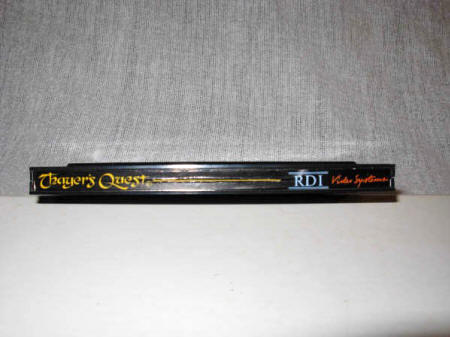
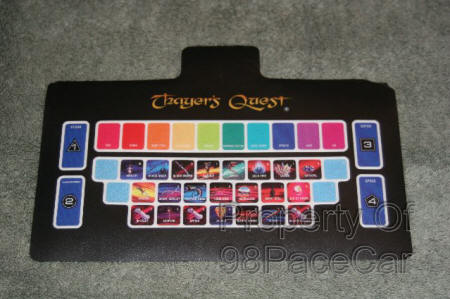
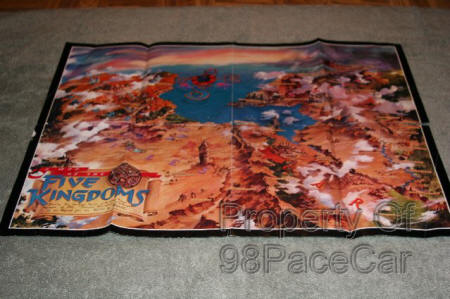
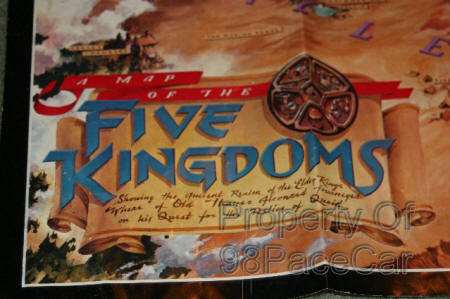
 SCREENSHOTS
SCREENSHOTS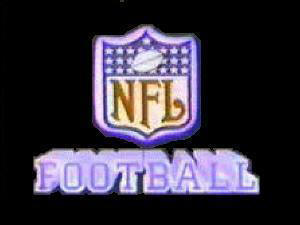
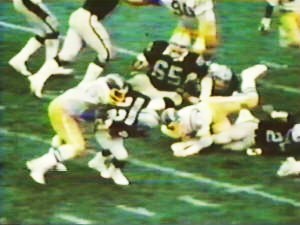
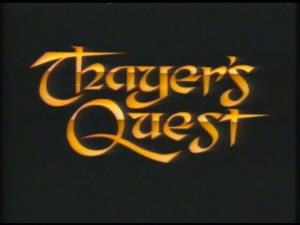
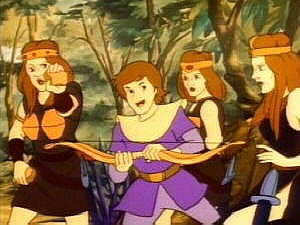
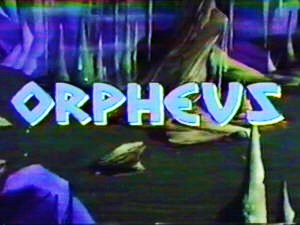
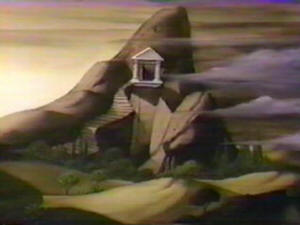
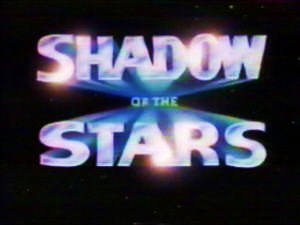
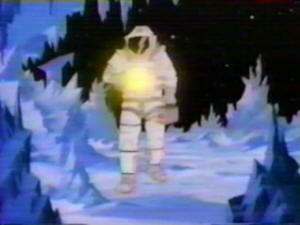

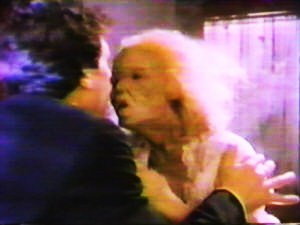
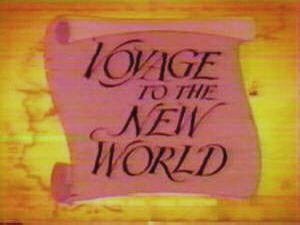

 EMULATION
EMULATION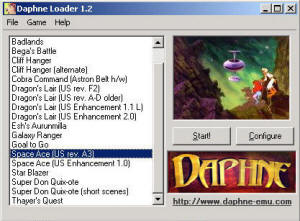
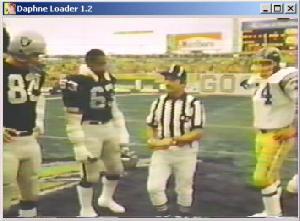
 SPECS & MANUALS
SPECS & MANUALS OTHER
MEDIA
OTHER
MEDIA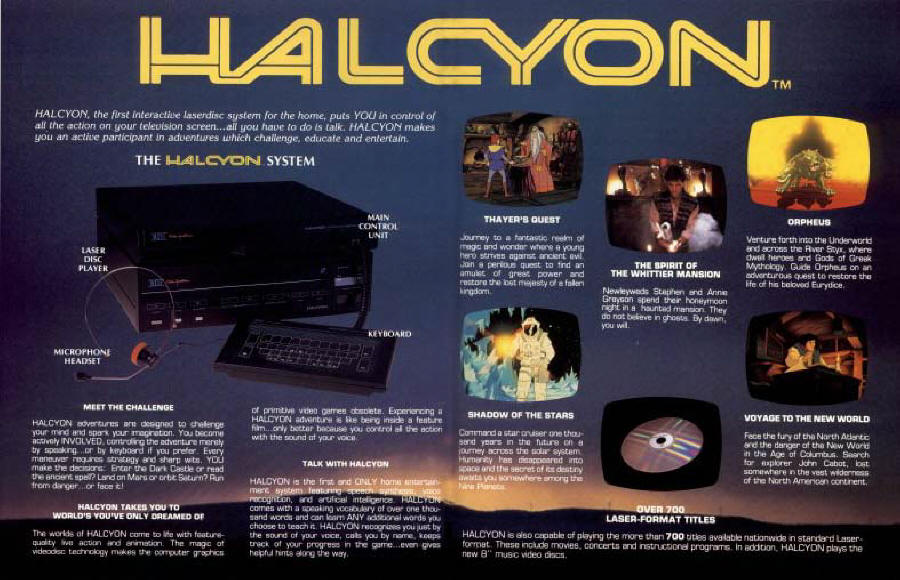
 WEB RESOURCES
WEB RESOURCES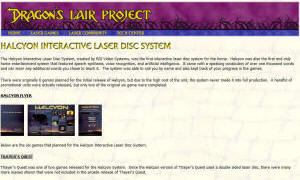

 DISCUSS
DISCUSS